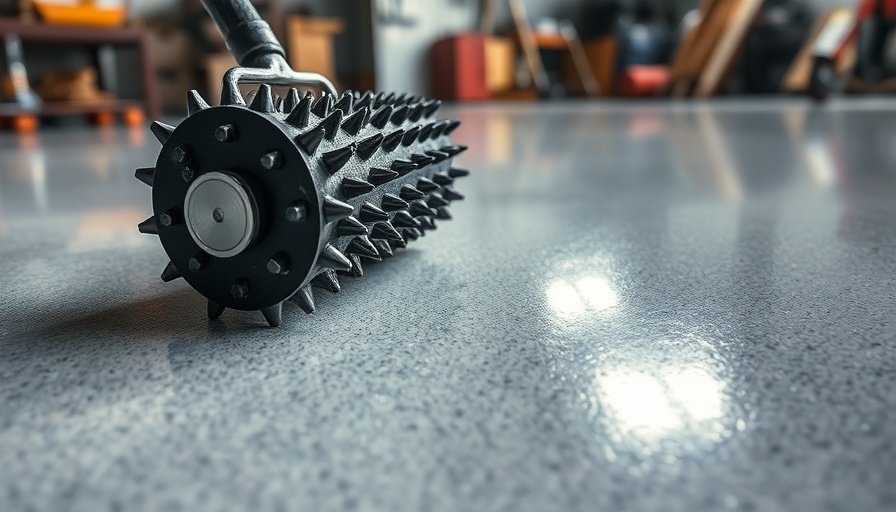
Understanding the Basics: Plastering vs. Rendering
If you’re a homeowner looking to update your property, you might wonder about the difference between plastering and rendering. Both techniques play crucial roles in wall finishing, but they are used in different contexts and have unique characteristics.
What is Rendering?
Rendering is a building technique that involves applying a protective coat to the exterior walls of a house. It's typically aimed at improving a property’s look, hiding unsightly brickwork, or preparing it for sale. The materials used in rendering commonly include lime mortar, sand, and cement. One of the perks of rendering is the ability to add color to the mix, which can eliminate the need for painting later, thus saving costs.
The Art of Plastering: Interior Focus
While rendering applies to the outside, plastering is primarily an indoor endeavor. As a homeowner, understanding this distinction can help you make better decisions for your renovations. Plaster is often composed of gypsum, sand, water, and sometimes lime, providing a smooth, clean surface for aesthetic finishes like paint or wallpaper.
Protecting Your Investment: Advantages of Each Technique
Both plastering and rendering come with benefits that make them essential for maintaining your home. For instance, rendering acts as a shield against harsh weather, moisture ingress, and UV rays—protecting the brickwork underneath. Plastering, on the other hand, conceals imperfections inside a home, creating a better surface for decoration and improving the overall ambiance.
Differences in Application Techniques
It’s important to note that the techniques used for plastering and rendering differ. Rendering typically involves working from the bottom of the wall to the top using a trowel, ensuring an even application of the mixture. Plastering also uses a trowel, but the application is focused on smoothing out the internal surfaces. Getting these techniques right can be tricky, which is why many homeowners opt to hire professionals.
Durability and Long-Term Maintenance
When it comes to durability, rendering tends to outperform plastering because of its heavier composition rich in cement. This allows it to withstand extreme weather conditions better than plaster, making it a favored choice for exterior maintenance. On the flip side, while plastering is easier and can generally be completed year-round, rendering might require optimal weather conditions for the best results.
Trends in Home Renovation
Home improvement trends indicate a growing preference for rendering in modern renovations due to its ability to significantly elevate curb appeal. However, plastering remains a go-to for creators who seek a perfect interior finish. Homeowners increasingly consider partial rendering or plastering to achieve distinct aesthetics—blending styles for a unique look.
Decisions You Can Make with This Knowledge
Understanding the differences between plastering and rendering empowers homeowners to make more informed decisions regarding home projects. Whether you're carrying out DIY repairs or planning for a contractor to handle your renovations, being knowledgeable about these techniques can lead to better results and enhance your property's value.
Conclusion: Enhancing Your Home Beyond Aesthetics
Ultimately, both plastering and rendering serve vital roles in home renovation and repair. While rendering protects and rejuvenates the exterior, plastering enhances and prepares the interior spaces of your home. As you embark on DIY projects or consult with professionals, consider these distinct benefits and choose the technique that best suits your needs.
Want to take on some home projects? Equip yourself with the right information and tools to successfully accomplish your DIY repairs!
 Add Row
Add Row  Add
Add 




Write A Comment